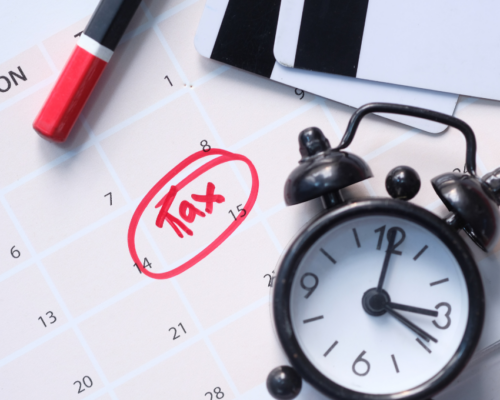Businesses across the country rushed to apply for Congress’s new Paycheck Protection Program when application submissions opened on April 3, 2020. With $349 billion available to small businesses to help keep workers on payroll through the COVID-19 pandemic, the program provides much-needed financial relief to businesses with fewer than 500 employees.
However, PPP loans are not necessarily or automatically forgiven and the details seem to keep changing. As of April 13, here’s the fine print you need to know to get the amount you deserve without having to pay it back.
Include TOTAL payroll costs (as defined by the U.S. Small Business Administration). Employees cost you more than just their salaries. The SBA has defined total payroll expenses for this specific purpose to include healthcare benefits, retirement contributions, paid leave and more. Be sure to incorporate all of it in your application.
Choose the 12-month timeframe with higher payroll expenses. You can calculate your average monthly payroll based on the 2019 calendar year or the 12 months prior to applying. Add them up, divide by 12 and use whichever amount is higher.
Do not include payments to independent contractors or sole proprietors in your payroll expenses. However, independent contractors or sole proprietors themselves may be eligible for a PPP loan if the applicable requirements are satisfied.
Do not include payroll expenses over $100,000 per individual. You may include salaries up to $100,000, but anything over that amount – including health insurance and retirement expenses – for an individual employee must be excluded.
Do not include Federal employment taxes in your gross payroll expenses. This includes an employer’s portion of Social Security, Medicare and Federal unemployment taxes.
Do not also include payroll expenses in Economic Injury Disaster Loans applications. Using both forms of support might be beneficial and necessary. However, you can’t include payroll expenses in both. So, if you’re applying for working capital loans to offset temporary loss of revenue, keep your EIDL request focused on other immediate operating expenses and include payroll only in your PPP application.
75% of funds must be used for payroll. Although PPP loans may also be used for utilities, rent and mortgage interest, you cannot use more than 25% of the funds for these purposes if you want the loan to be forgiven.
Your employee count must be equal to the count prior to COVID-19. You can choose between two time periods: Feb. 15, 2019 through June 30, 2019 or Jan. 1, 2020 through Feb. 29, 2020. If, for example, you had 100 employees during the chosen timeframe and had significant layoffs, but you’re only able to rehire certain positions and bring your total employee count to 50, only 50% of your PPP loan will be forgiven. PPP loans are designed to cover eight weeks of gross payroll expenses for employees, and you have until the end of those eight weeks to get as close as possible to your previous employee count.
Any portion deemed unforgivable does accrue interest. PPP loans carry a 1% interest rate but may be paid back over two years. Although you’re not required to make a payment in the first six months, interest still accrues during this time.
After your eight weeks of funds are used, you must ask for the loan to be forgiven. PPP loans are not automatically forgiven. You must send a letter or email to your bank or the SBA to request forgiveness and include documentation showing how the funds were spent.
If you’ve been approved for a PPP loan, we’d be happy to help calculate and track the use of funds to maximize forgiveness.
Blog by Erica Shaloy, Tax Director.
Category: Tax and Accounting Team




